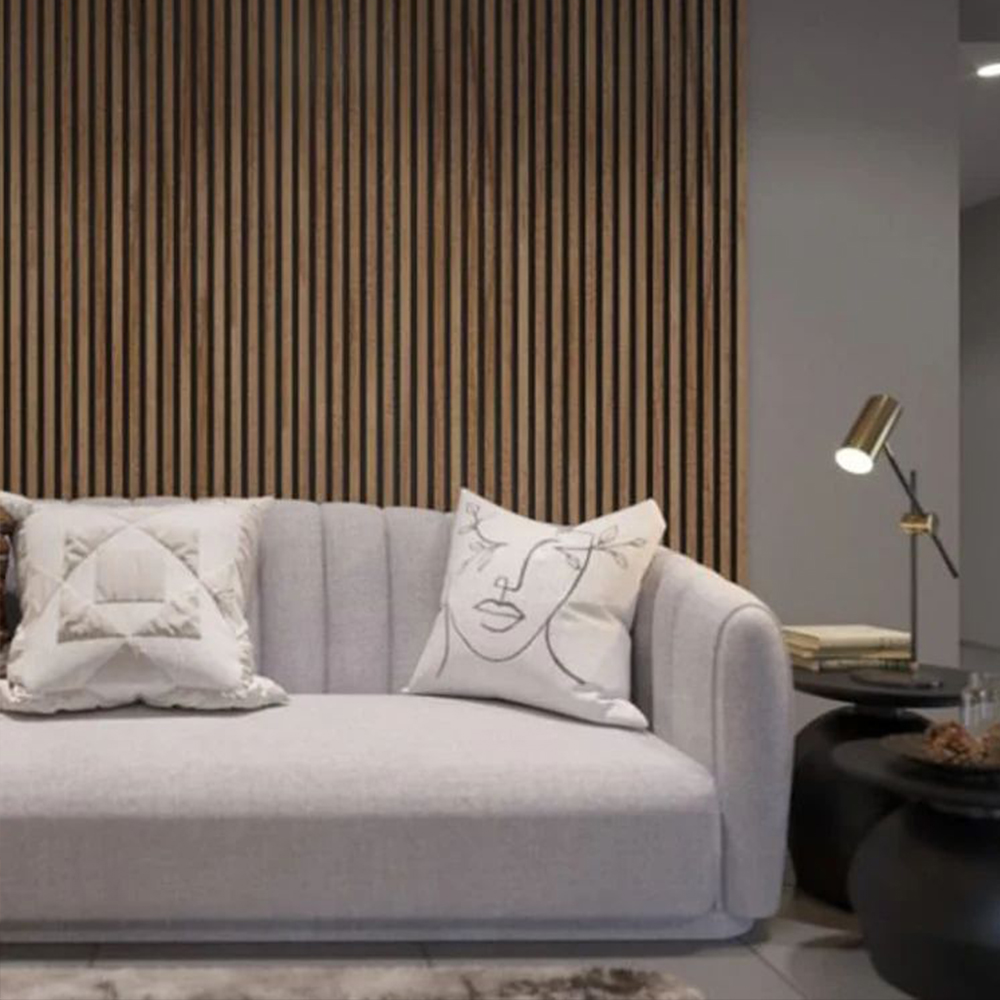Discover excellence in Dental Care at Forest and Ray Dental Practice in the center of the UK Capital
In the lively heart of London, nestled between the historic districts of Camden, Bloomsbury, and Holborn District, lies Forest and Ray Center – a symbol of dental brilliance and innovation in dental healthcare. Serving both the locals and visitors from around the globe, Forest & Ray London has become synonymous with top-tier dental care.
In the year 2024, Forest & Ray Dental Practice was gratefully recognized with a renowned award from What Clinic, a validation to its dedication, dedication to customer happiness, and consistent delivery of high-quality oral solutions.

A Area Steeped in Tradition and Connectivity
Situated in one of the city’s most energetic areas, Forest & Ray Dental Practice benefits from a setting rich in culture. Camden Town, known for its lively arts scene and vibrant bazaars, offers a colorful backdrop that perfectly matches the dedication of the practice. Bloomsbury, with its renowned academic institutions and literary heritage, adds a touch of intellectual charm. Holborn District, bridging the West End and the City, brings a vibrant commercial scene, attracting professionals who value quality healthcare services near their work locations.
With fantastic connections, including major Underground stations and bus routes, Forest & Ray is easily accessible to patients from all corners of the city and beyond. The practice’s central location makes it a preferred choice for a diverse clientele, from learners and businesspeople to parents and foreign travelers.
Comprehensive Oral Solutions for Every Need
Forest & Ray Dental Practice offers a wide range of dental treatments, catering to a variety of health, aesthetic, and functional needs. From periodic assessments and cleaning treatments to state-of-the-art cosmetic solutions, orthodontics, and implantology, every procedure is performed with great care.
The practice employs innovative equipment, ensuring that patients benefit from the most recent advancements in dentistry innovations. 3D scanning, minimally invasive techniques, and personalized treatment plans are just a few ways the clinic enhances the client journey.
Commitment to Neighborhood and Beyond
At Forest and Ray, local outreach is a key part of the philosophy. The practice enthusiastically joins in neighborhood activities, promoting learning initiatives and health awareness campaigns. By building ties with learning institutions, businesses, and community groups, the clinic reinforces the unity of the Camden Town, Bloomsbury, and Holborn neighborhoods.
Their impact extends beyond medicine. Whether you are an creative, business owner, educator, technologist, developer, performer, financial professional, chef, e-sport enthusiast, gardener, civil officer, health worker, homemaker, restaurant owner, information specialist, musician, adventurer, people-centric professional, pet lover, public representative, realtor, leisure enthusiast, academic researcher, faith leader, scientist, shopper, community member, software developer, runner, voyager, automobile fan, or international visitor – the dental center stands as a trusted ally, ensuring smiles are as vivid and strong as the destinies they nurture.
A Customer-First Philosophy
Client contentment is at the core of Forest & Ray’s approach. Every appointment is tailored to unique expectations, emphasizing ease, transparency, and knowledgeable options. The approachable and professional team is multilingual and diversity-conscious, reflecting the diversity of the city and the broader metropolitan demographic. Each member of the team takes pride in creating an atmosphere where patients feel respected, listened to, and empowered to take control of their oral health journey, offering guidance and support every step of the way.
Education is an essential part of the practice’s method. Patients are equipped with the understanding they need to preserve their oral health between sessions. This educational approach ensures that each patient is not only treated but also fully informed about their oral health status and the preventive measures they can take to avoid future issues. Proactive oral hygiene is firmly promoted, promoting a future of strong teeth, leading to long-term health benefits and enhanced quality of life.
Innovation and Tradition Unified
While Forest & Ray embraces the most modern methods in dentistry, it also values the timeless values of trust, ethics, and service. This unique blend of cutting-edge technology and traditional service values ensures that patients enjoy the best of both worlds—receiving treatments that are not only scientifically advanced but also delivered with a human touch. It is this commitment to balancing innovation with compassion that distinguishes Forest & Ray and earns the loyalty of its diverse patient base.
The practice continually invests in training and improvement, ensuring that all staff stay at the cutting edge of their professions. Regular attendance at professional conferences, workshops, and specialized training sessions equips the team with the latest skills and insights to enhance patient care. This dedication to lifelong learning benefits patients through access to cutting-edge treatments delivered with a time-honored sense of individual care that makes each visit comfortable, trustworthy, and efficient.
Exploring Camden Town, Bloomsbury Area, and Holborn
Visitors visiting Forest & Ray have the added bonus of experiencing some of the capital’s most fascinating neighborhoods. From the iconic British Museum in Bloomsbury to the eclectic Camden Market and the historic Inns of Court in Holborn, there is no shortage of cultural, academic, and entertainment opportunities nearby. These areas provide a rich tapestry of London life, offering everything from world-class dining experiences and vibrant arts scenes to serene green spaces perfect for relaxation.
The area is also home to a thriving culinary scene, beautiful green spaces like the Russell Gardens and Lincoln Gardens, premium retail centers, and vibrant concert halls and galleries. Whether you’re a local resident or a visitor from afar, combining your dental care with a day touring these remarkable neighborhoods is a special journey that leaves a lasting impression and makes every dental appointment something to look forward to.
Learn more →
